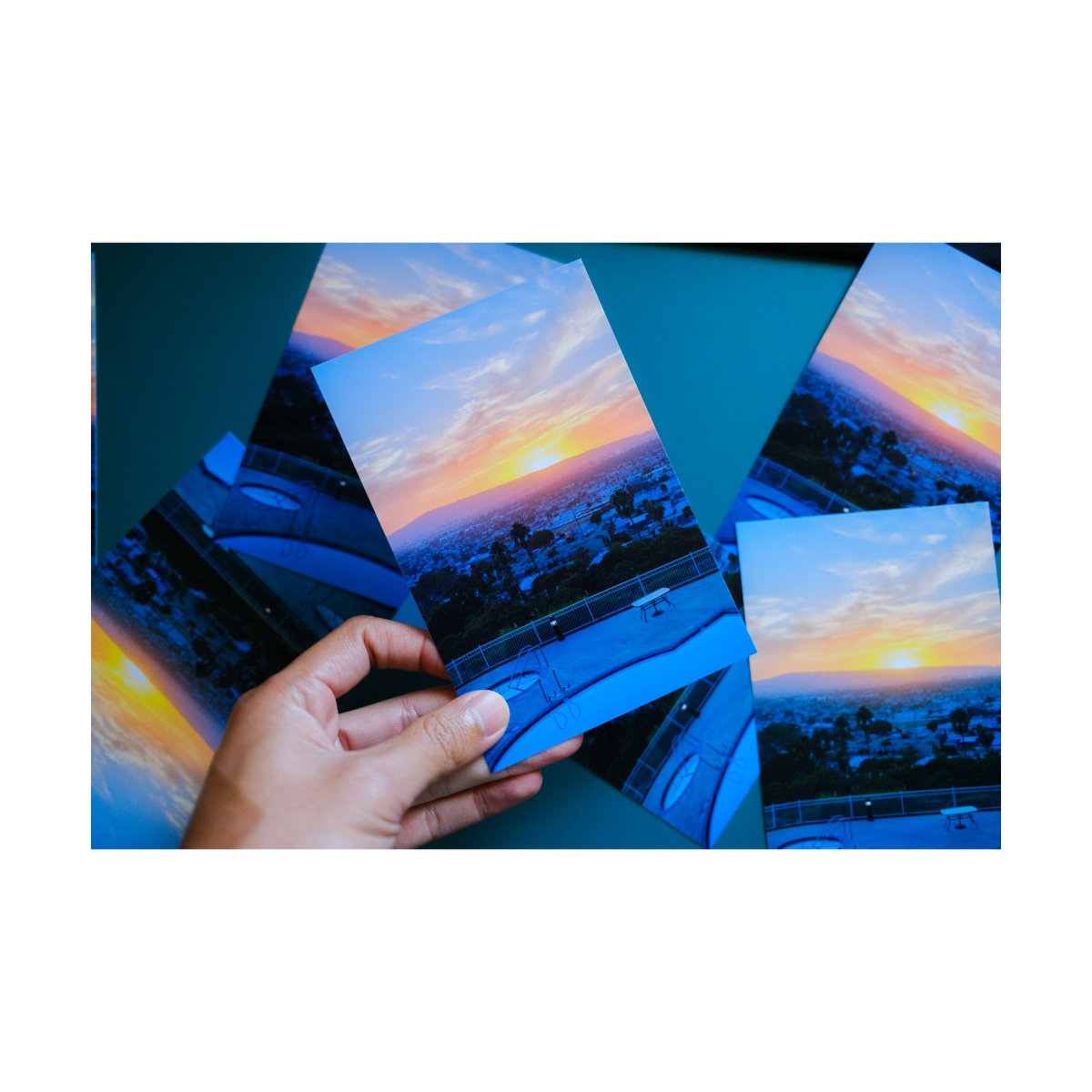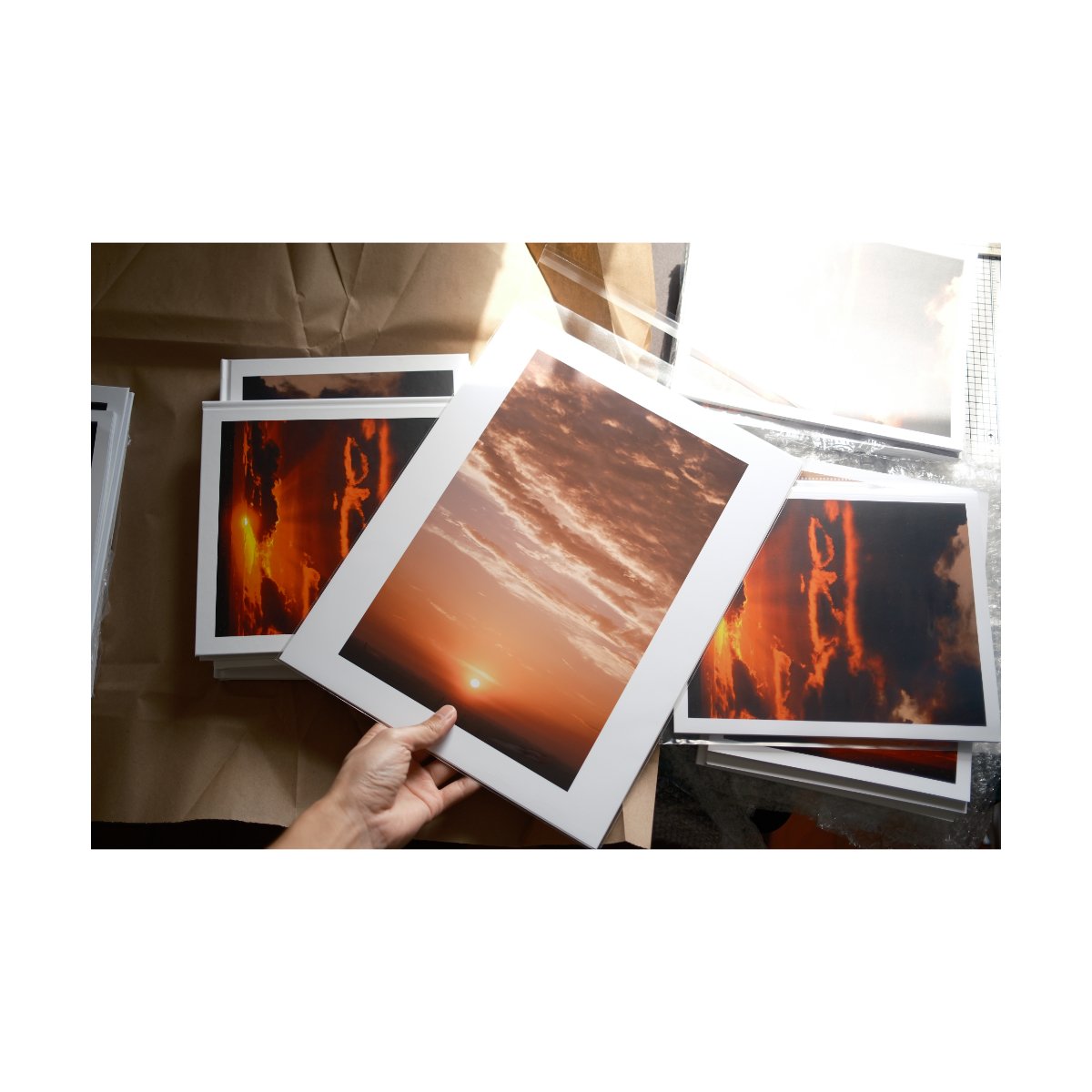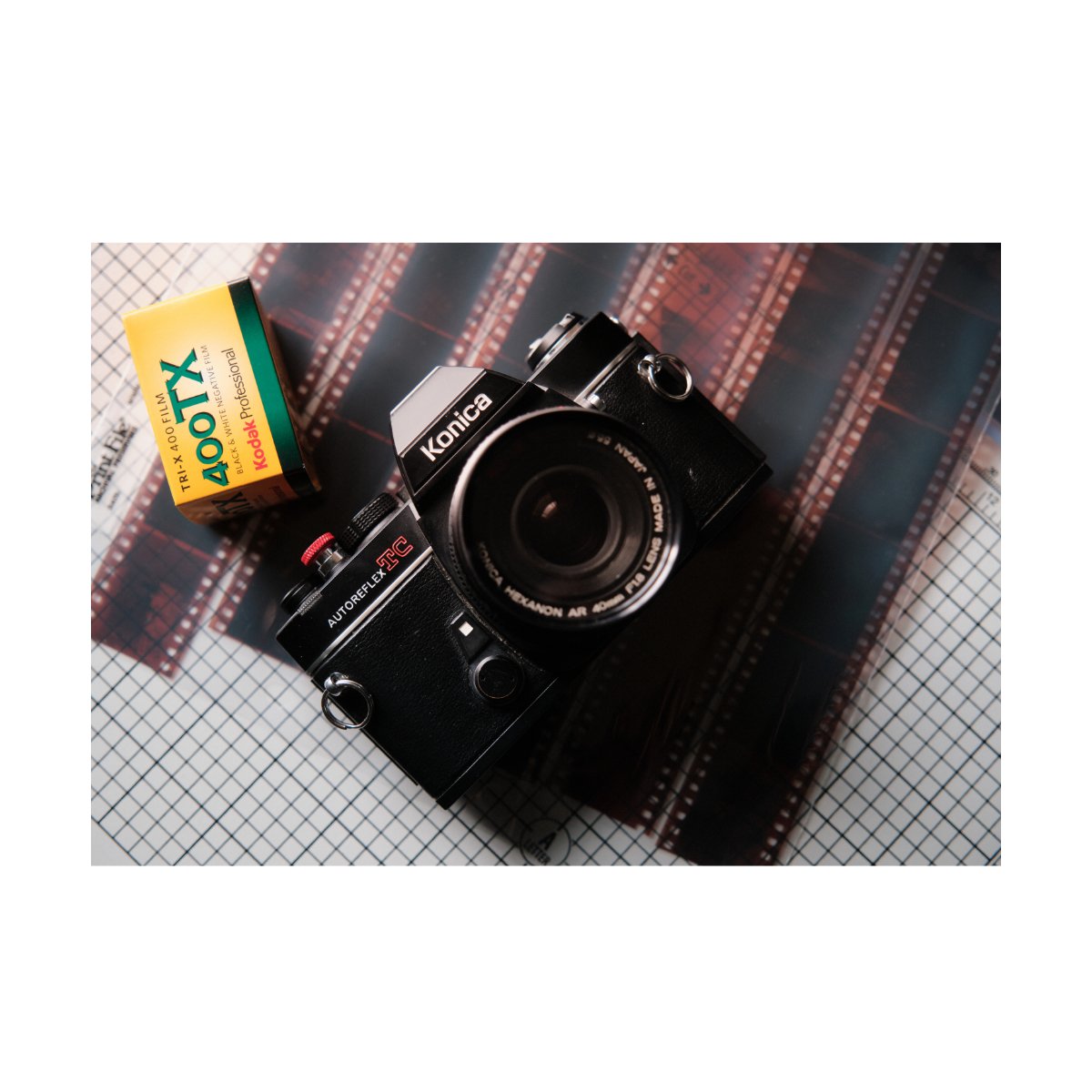More Megapixels, More Problems.
Megapixels.
If your camera doesn’t have a lot of it, it’s junk, and the more you have, the better, right?
Wrong.
Megapixels have long been marketed as a “upgrade” in camera gear.
An improvement to a camera.
An increase in image quality, and therefore better photos.
But in my time shooting I’ve found the alternative to be true:
More megapixels, more problems.
Let’s get into it.
A Photographer’s Never Ending Problem
All photographers have this one big problem that will never go away: storage.
Storage is something we can’t ever seem to have enough of.
We need it to store the thousands of photos we just took on a trip, edit off of, create back ups, and of course create redundancies just in case a fire happens and we lose all our data.
And the photographers who’ve been doing this for a while will know: there is no perfect solution.
Hard drives, RAIDs, etc have to constantly be upgraded and backed up.
And even cloud based archives can be expensive and troublesome for back and forth workflows.
This problem becomes even worse when you introduce cameras that capture more data.
When you increase the megapixels on your camera, you increase the file size as well.
This can seem like a small price to pay when you’re upgrading from something like 26MP to 40MP, but it adds up in the long run.
One raw photo on the 26.1MP x100v takes about 56 MB.
While one raw photo on the 40.2MP x100vi takes up about 83 MB. (uncompressed)
That’s a 1.48x increase.
It may not seem like much, but when you extend this over the long term (thousands and thousands of photos), you end up with hundreds of gigs of less space.
Meaning you get less photos per GB of storage you have.
Now you might be thinking:
“So what Andre? Storage nowadays is cheap. If I need space, I’ll just buy another hard drive.”
That’s what I thought as well.
But I didn’t realize how extending this process over the long term doesn’t solve anything - it just delays it.
I used to edit off a 5TB hard drive.
I thought that would last me forever, but that’s filled now.
So I bought another 5TB hard drive, and I back up both drives to a NAS system that currently has about 14TB of space.
About 9TB of that is already taken up.
So realistically I’ll run out of space within the next 3 or so years, and then I’ll have to upgrade my system.
Let’s not even mention separate hard drives if you want redundancy for backups.
So already, I can see “the end” coming.
As you dive deeper and deeper into photography, storage becomes this never ending problem that you push back throughout your life until you eventually die.
It’s endless, and there’s no real perfect solution - yet.
And finding a way to optimize storage, folders, and catalogs can be a big headache.
More megapixels only contributes to this problem.
Because if I take a thousand photos over the course of a trip on a camera that has 1.48x the MP, that’s 480 more photos I could have taken.
That’s not insignificant.
And if I take 1-2 trips a year, or a few thousand photos every year, you can see just how much of a difference this makes.
And this is only talking about 40.2MP on an APS-C camera.
Imagine if I shot full frame or with a 100MP camera.
Each photo would eat up my hard drive and I don’t think my heart could handle it.
The people who shoot only JPEGs must be laughing right now…
This begs the question: If it takes up so much space, why have more megapixels in the first place?
The obvious justification for this would be the quality increase.
If I have more MP, I’ll have better quality photos, right?
Not necessarily.
Let’s talk about that.
More Megapixels = Better Images?
Is there proper reasoning for increasing the megapixels in new cameras?
The main reason companies do so is to show an “upgrade”.
No one wants to buy a “new camera” with the same amount of MP as it’s predecessor.
It doesn’t make for good sales.
But does this increase in MP actually make a difference?
Personally, I do think it helps, but not by that much.
Let’s talk about why.
In the current age of photography, there are two main mediums for your photos to live on:
Digital (online) and physical (print).
For 99% of digital photos, you don’t need a lot of megapixels.
That’s because websites and social media downres your images.
You have your image size and quality and your viewing size and quality.
And even if you take a 4K res image with 300ppi and upload it to Instagram, it won’t make a difference.
Because the maximum viewing size on Instagram is fixed.
They do this to keep loading speeds quick.
You can get more mileage on actual websites, but the same concept applies.
Because most screen monitors have a maximum resolution and a maximum ppi.
You can even extend this concept outwards: our eyes have a maximum image quality they can view things at - and anything past that is pointless.
So without getting too complicated about it, the point I’m making here is:
There are diminishing returns to the amount of megapixels you have.
It could be better stated as: There’s a diminishing return to image quality.
The same applies for print.
Because digital zones cap out earlier, print in photography is perhaps the highest form of image quality needed.
So it’s a good standard to judge how much image quality matters.
If your camera takes good enough photos to get good quality prints, you’re good.
You don’t need any more MP beyond that point, technically speaking.
Ideally, you’d like to be able to blow up your files and get as big as a 30x45 prints from it.
But that’s the high bar, and most of us don’t need that.
So here’s the interesting thing I’ve learned from my many years printing:
The bar for image quality needed for good prints is much lower than you’d think.
You don’t need 100MP to get high quality print worthy images.
In fact, I’ve taken and printed many photos off this 13 year old 12MP X-Pro1.
Sure if I wanted to make a really big print, I’d have to upscale it in Photoshop or something, but for the most part it’s fine.
And in my opinion, 26MP is actually the sweet spot for print.
It gives you a good range and flexibility to edit out errors in post, without being overkill.
So here’s the question to ask:
If I can get large solid-quality prints from a 12MP camera, how many megapixels do I actually need?
The answer is not more.
We’ve long passed the threshold of image quality needed to get good photos on both the digital and print medium.
And anything past that can make a difference, sure, but to a degree of diminishing returns.
The most difference you’ll see is in the 0-26MP range, and anything beyond that matters less and less.
That’s in my experience at least.
But Andre, what about for photo editing?
More megapixels means more flexibility and data to edit with in post, right?
Well…let’s talk about that.
“Image Quality” Isn’t Actually Important Anymore?
The final reason people think they need a lot of megapixels is for photo editing.
More MP gives more data, making it easier to edit details, and whatever.
And I’d agree with that to a certain point.
The question I want to ask is:
“How many MP do you actually need to get the look you want?”
And, “Does more MP actually help you get the look you want?”
Because in my experience, I’ve gotten plenty of great images with lower MP cameras and also many trash photos with higher MP cameras.
So I don’t think more MP contributes to better photos, although our brains might think otherwise.
The unfortunate reality is:
My sorry photography was the limiter on whether I got a good photo edit or not, not the MP.
Right?
Ask anyone who takes and edit a lot of photos.
They’ll tell you the better of a job you do when taking the photo, the easier of a time you’ll have in post.
This applies no matter how many MP your camera has.
And more MP isn’t going to make your image better or “save it” per say.
Sure it might come in handy when adjusting or masking here and there, but it’s of my thought process that:
If it’s gotten to the point in the edit where I have to do all this bullshit to make the photo right, I’ve done something wrong.
Another point I want to make is that image quality and a nice looking image are not the same thing.
This is a big lesson we learned in the last decade with the revival of film photography.
People all over the world had intentionally downgraded to what would normally be a “lower quality” of photography.
Because as it stands, digital photography is better quality, arguably cheaper, and more convenient to do.
Yet people still shoot film.
They find it more fun, more interesting, and ironically think it “looks better”.
And if film had a megapixel equivalent, it wouldn’t have mattered - because that was not the point.
The reason why we take photos is to take photos, not to preserve every single hair on someone’s head.
So at the end of the day, more megapixels means more problems.
You end up with an increased file size, potentially more expensive cameras, and “better image quality” you probably don’t even need.
In my opinion, it’s not worth the trade off.
For me, if a camera is good enough for print, it’s good enough for me.
You’ll have to find your own sweet spot to image quality and practicality.
All I can say is:
Don’t look to more megapixels as being “better”.
Focus on photography, making your photography better, and then it won’t matter how many megapixels you shoot at.
Thanks for reading, I hope you found this interesting or useful.
If you’d like to learn more and build a solid foundation with photography, check out Photography Essentials - it’s free.
You can also help support me by adding to the travel fund or grabbing a copy of my zine “The Sinking Sun”.
Thanks again, have a great day.












